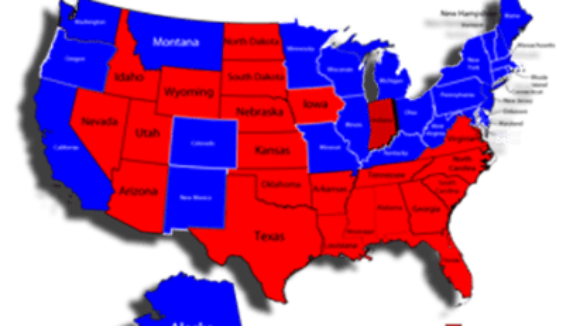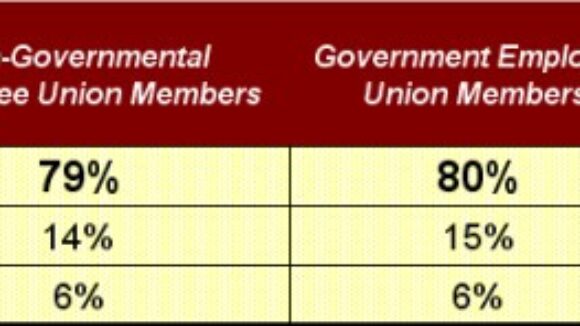Time for Kentucky to Get Right to Work
Enacting a Right to Work law in Kentucky would be a boon for jobs and economic prosperity -- but don't just take our word for it. The Bowling Green Daily News agrees: Gov. Steve Beshear and the Democrat-controlled House are beholden to labor unions in this state and for that reason, year after year we continue to lose companies and jobs to other Southern states because Kentucky is not a right-to-work state. Right-to-work laws protect workers’ freedoms by not forcing them to pay dues to a union upon becoming employed or throughout employment. Nearly any citizen in a right-to-work state is protected by a state’s right-to-work law. Labor unions make up less than 9 percent of Kentucky’s workforce, so it would make sense that Beshear and the House would have more concern for the majority of the workforce. Sadly, they don’t. They need the unions, who contribute millions of dollars every election year through political action committees or other ways to encourage the governor and those in the House to follow part of their agenda, which is not allowing Kentucky to become a right-to-work state. Kentucky is the only Southern state not to have a right-to-work law. For that reason, many companies don’t even consider our state when choosing plant locations. Business 101 would tell you that this is simply bad business. The governor and House are hindering our state because they ignore reality. Shame on them. It reflects poor leadership and it holds our state back when competing for jobs that could be coming to Kentucky. Simpson County Judge-Executive Jim Henderson is a strong supporter of the right-to-work concept. Henderson said on a number of occasions during the process of trying to get a company to come to Franklin, it was eliminated because of not being a right-to-work state. He said it was communicated through correspondence and other means of communication that not having a right-to-work law is why companies aren’t coming to his city.One only has to look at companies such as Nissan North America. The company admitted that one reason it decided to move its headquarters from California to Tennessee and not Kentucky was because of the lower business costs. Interestingly enough, the average Kentuckian has to work 13 months to make what an average Tennessean can in one year.



